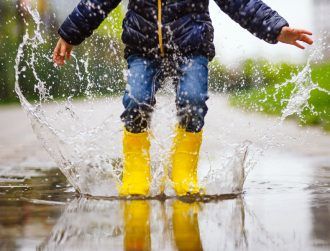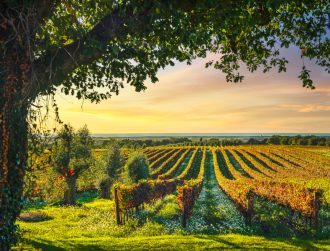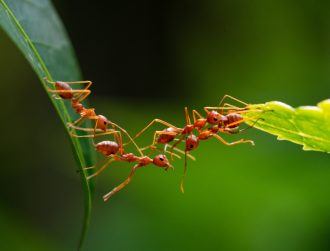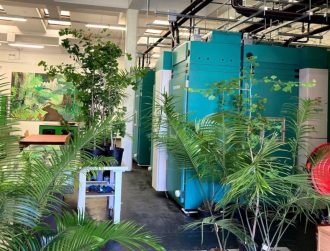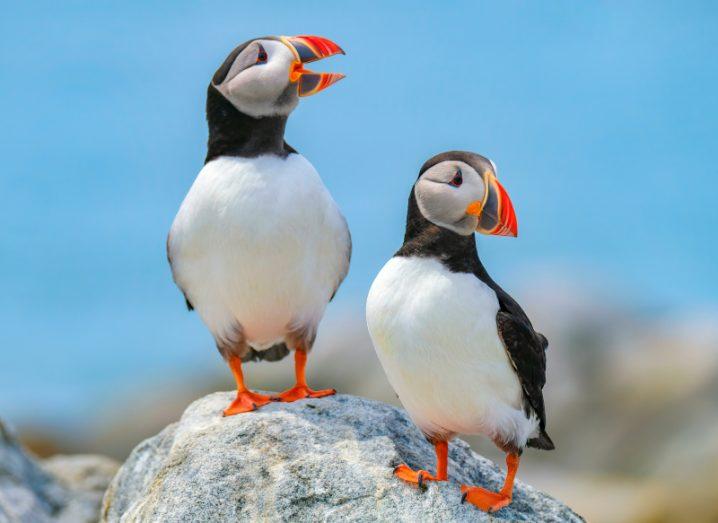
Atlantic puffins are under threat. Image: © Guy Bryant/Stock.adobe.com
Dr Esther Kettel from Nottingham Trent University outlines the dire situation for Europe’s wild bird populations but offers hope for their recovery in successful habitat conservation efforts.

A version of this article was originally published by The Conversation (CC BY-ND 4.0)
Almost two out of every five species of wild bird are of conservation concern across Europe, according to an updated and comprehensive assessment of their population status. That means these species are declining and becoming scarcer across the continent.
Among the birds of conservation concern are some familiar species, including dunnock, goldcrest and meadow pipit.
Since the first assessment, which was carried out in 1994, the number of European bird species that are of global conservation concern has trebled. Snowy owl, northern lapwing, Eurasian curlew, steppe eagle and bearded vulture have all been unlucky enough to make this list.
The assessment used data collected on 546 bird species to estimate population sizes and trends throughout Europe. Species were then assigned one of five categories depending on their extinction risk, considering whether a species is of global or European conservation concern and whether its distribution is concentrated within Europe.
The number of species that are of conservation concern across the continent is worrying, but sadly not particularly surprising. Many of the species that are declining have been doing so for at least the past three decades – and this study highlights that not much has changed.
Which species are at risk?
Birds around the world are facing a multitude of threats. These include changes both to the climate and how land is used, but also over-exploitation, competition with invasive species and pollution. Habitat destruction and degradation, a key driver of bird population decline, affects 93pc of globally threatened species.
Certain bird groups are being hit particularly hard. In the assessment, migratory birds, raptors, waders and duck species were noted as being of high conservation concern.
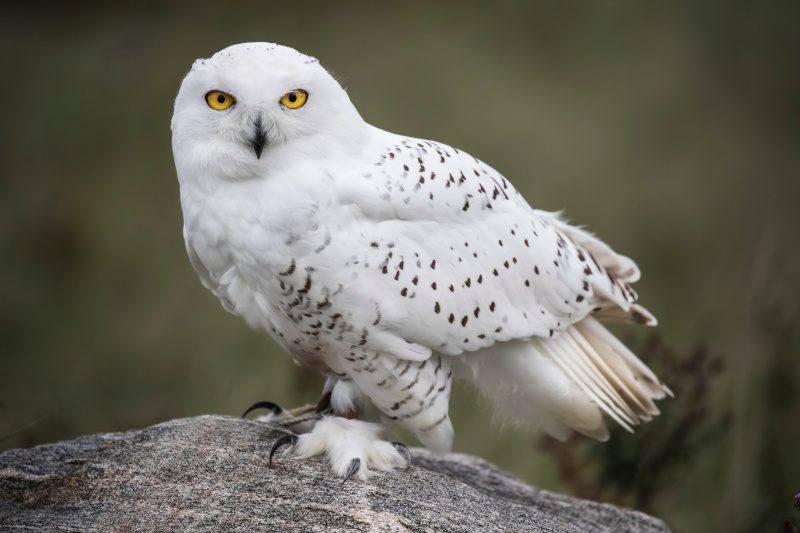
The snowy owl is in danger. Image: © Carol/Stock.adobe.com
The recent assessment, along with many others, found that farmland birds are among those of highest concern. In fact, almost 60pc of the species in the highest conservation concern category were associated with farmland habitats. These species include many that, in the not-too-distant past, were common.
The gentle coo of the European turtle dove, for example, was once a familiar sound across Europe’s countryside. But since 1980, the species has declined by almost 80pc across Europe. This decline is even more dire in the UK, where turtle doves have suffered a staggering 98pc reduction in their population since the 1970s.
Research reveals that agricultural intensification, including the use of pesticides and inorganic fertilisers, is one of the key drivers of population decline in farmland birds across Europe.
The outlook is equally worrying for Europe’s seabirds. Petrels, shearwaters, kittiwakes and – perhaps the most well-loved and recognisable seabird – puffins, are among the species that are noted as being of global conservation concern in the assessment.
Climate change is altering environmental conditions and industrial fishing practices are depleting stocks of the fish that these seabirds rely on. This means that food quality, quantity and availability are all changing, which carries serious consequences for the breeding performance and survival of these top predators.
A lack of prey near puffin colonies in the north-east Atlantic, for example, means adults are being forced to travel further to find food for their chicks. This comes with energy costs for adult puffins and also means that the chicks are fed less often.
The new strain of avian flu that is killing birds worldwide adds further and very urgent threats to this already vulnerable group.
What can be done?
The assessment suggests that current efforts to halt and reverse the loss of Europe’s bird species are not sufficient. More and urgent action is needed if we want nature to have a fighting chance. But there are some promising measures that can be implemented both nationally and internationally.
In recent decades, there has been a focus on protecting sites for important bird populations. Natura 2000, for example, are designated areas within the EU that contain rare habitats and important breeding and resting sites. Currently, 18pc of the EU’s land surface area is designated as a Natura 2000 site, and the aim is to create a network of connected protected sites right across the continent.
Evidence on the effectiveness of protected areas is clear: when implemented appropriately, they work. Globally, the number of species is 10.6pc higher within protected areas compared with unprotected areas.
But protecting existing habitats is not enough to reverse declines. Habitats need to be restored.
A compelling case emerges from Hungary’s Hortobágy National Park, where areas of cropland have been converted into restored grassland. Over a three-year period after grassland restoration, the abundance and diversity of farmland bird species increased by 35pc and 40pc respectively.
We also need to consider the way we produce our food and fuel. Enforcing legislation on what kinds of chemicals, and how much of them, we use to control agricultural pests and diseases is crucial.
In 2018, EU member states banned the use of certain neonicotinoids (a class of insecticide) after mounting evidence of their widespread impact on insects – an important source of food for birds.
This is a promising start, but it will only be effective if implemented widely and not reversed. Unfortunately, the UK government has authorised the emergency application of neonicotinoids in each of the past three years.
There are ways to stop Europe’s bird species from disappearing. We just need to make sure these ideas are put into action widely and in the right way.
![]()
Dr Esther Kettel is a senior lecturer in ecology and conservation in the School of Animal, Rural and Environmental Sciences at Nottingham Trent University. She is particularly interested in assessing the impact of changing landscapes on population trends and human-wildlife conflicts.
10 things you need to know direct to your inbox every weekday. Sign up for the Daily Brief, Silicon Republic’s digest of essential sci-tech news.

